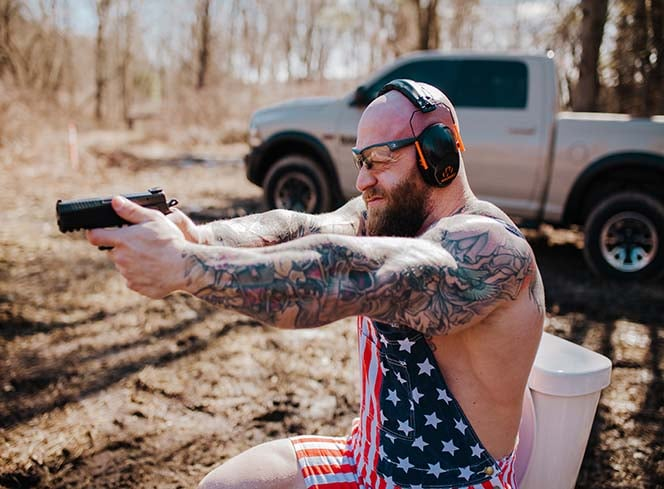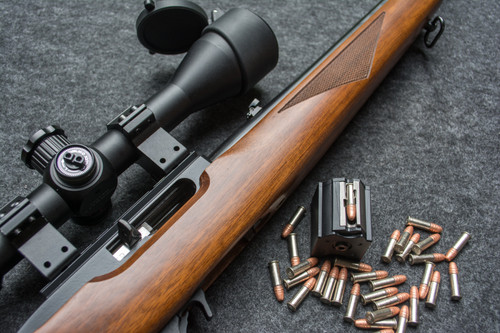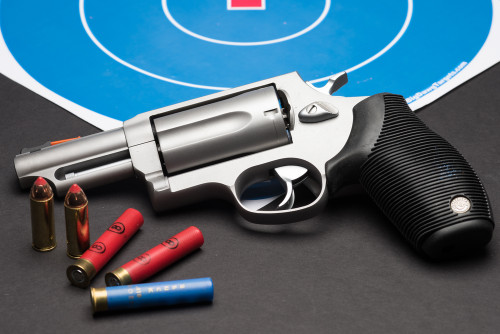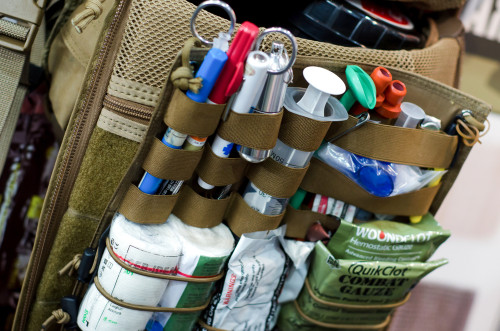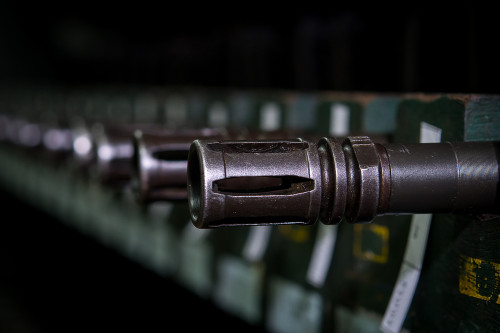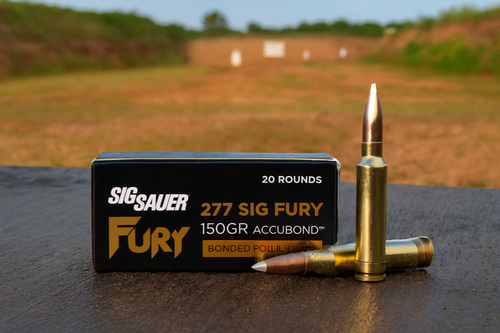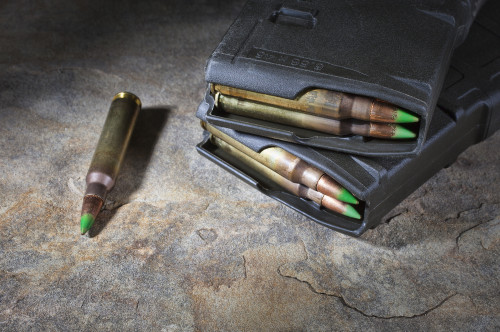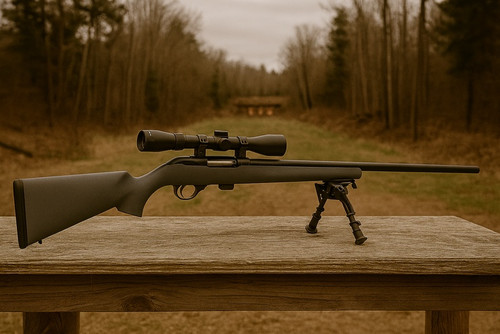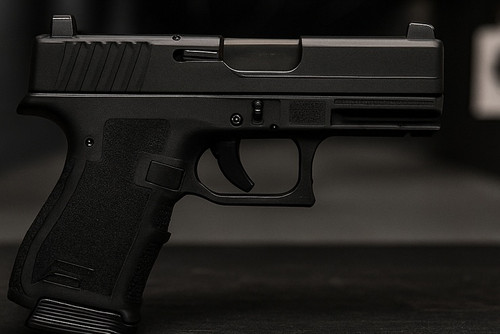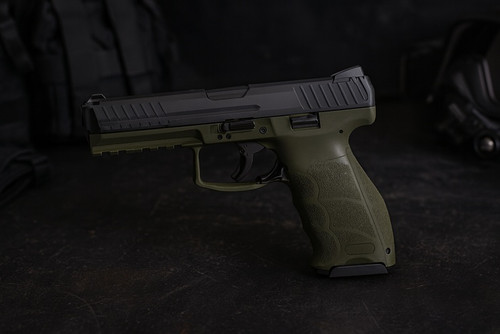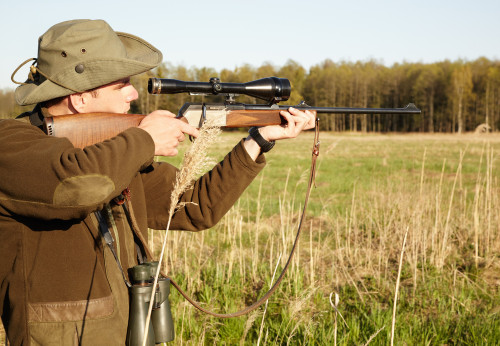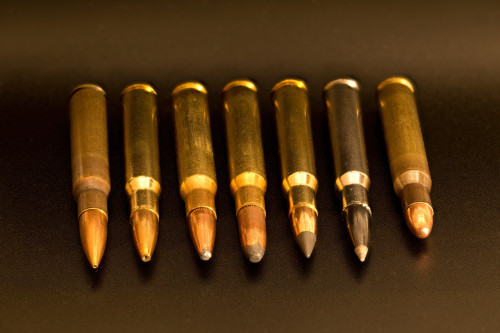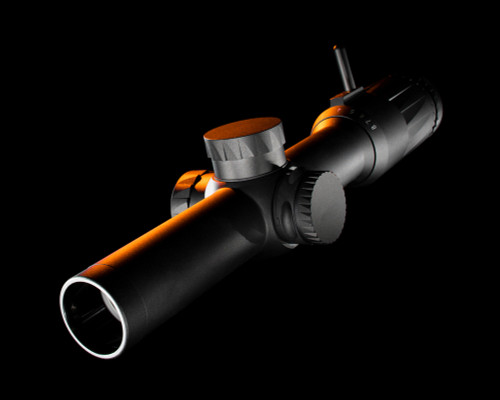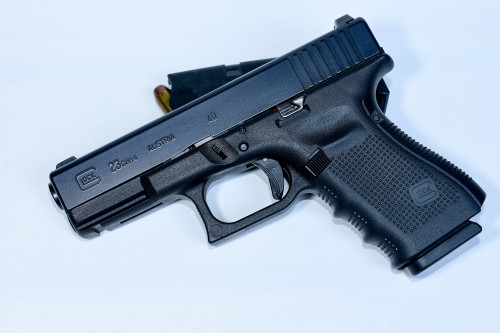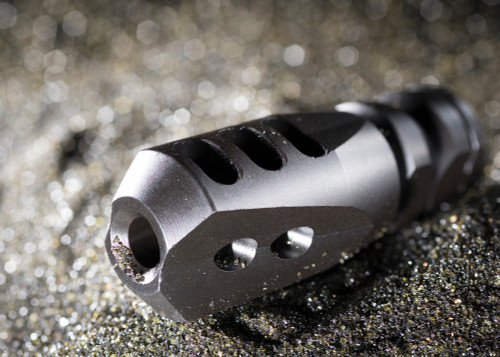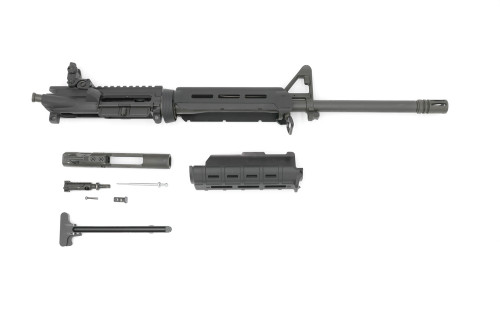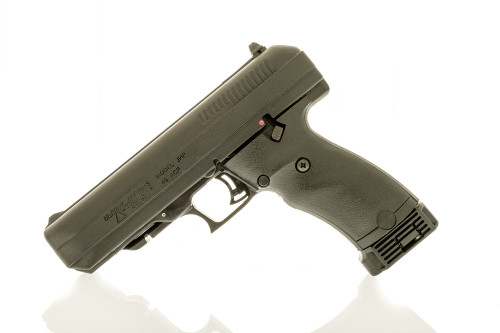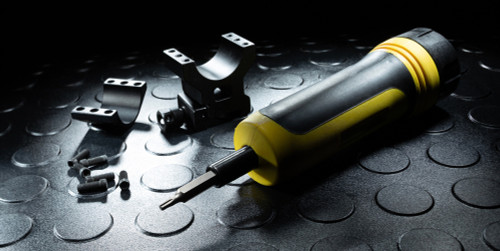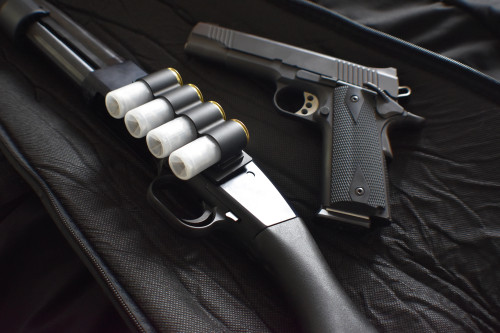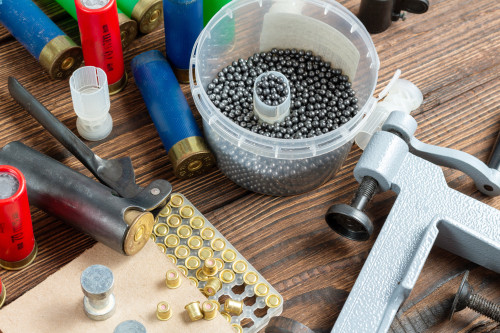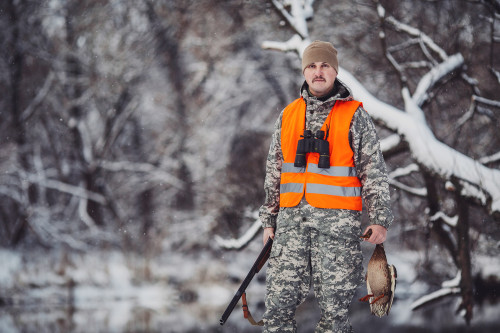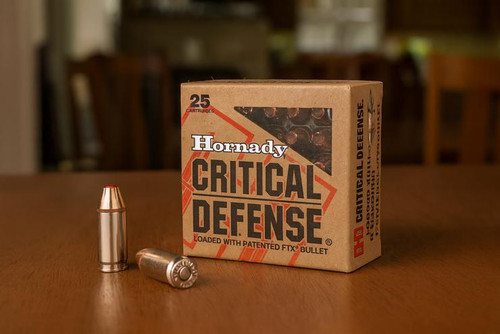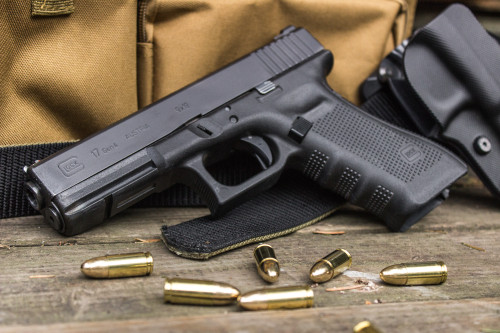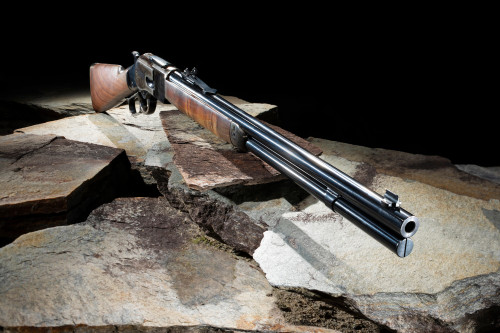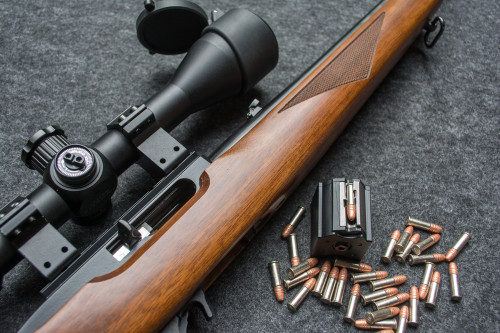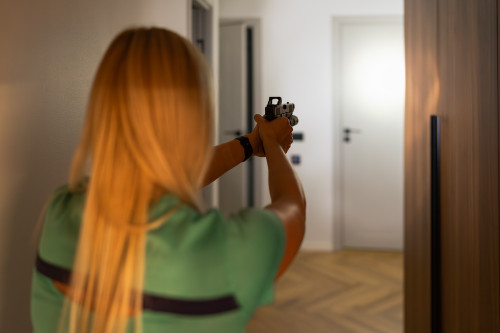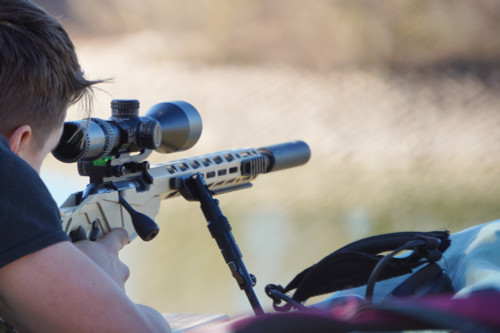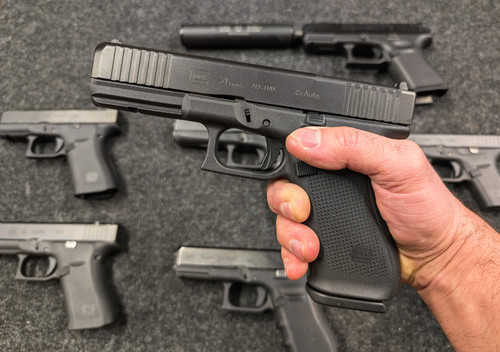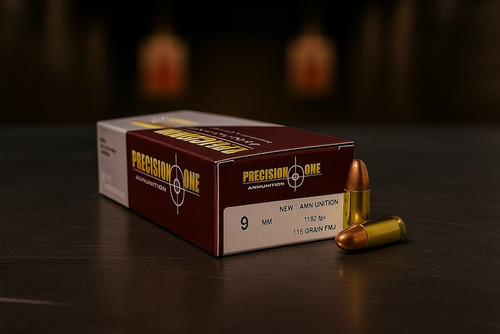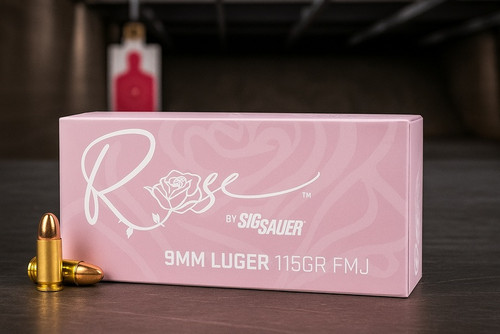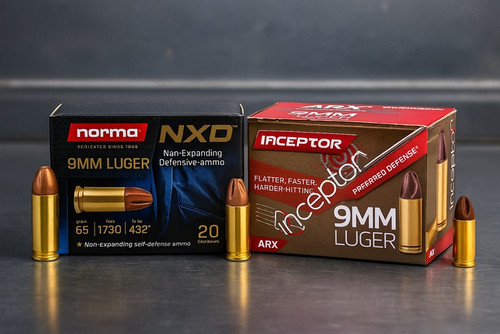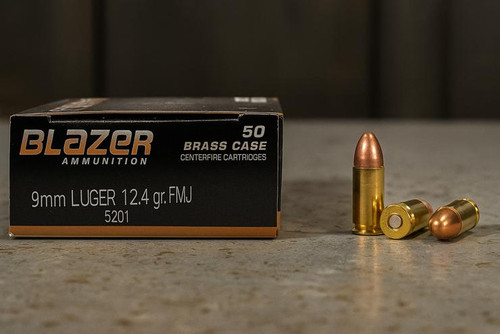In a world of increasingly compact 9mm pistols and ever-evolving self-defense ammunition, many shooters wonder: does the .380 ACP still hold water in 2025? While it's long been associated with pocket pistols and backup guns, the .380 has often been dismissed as underpowered—especially when compared to modern 9mm or .38 Special loads.
But when we examine its ballistic performance in depth, the picture is more nuanced. Today’s .380 ammunition has improved significantly in consistency, expansion, and penetration, thanks to modern bullet engineering. Let’s take a closer look at how the .380 ACP stacks up ballistically and what that means for everyday carry.
A Quick Ballistic Info for .380 ACP
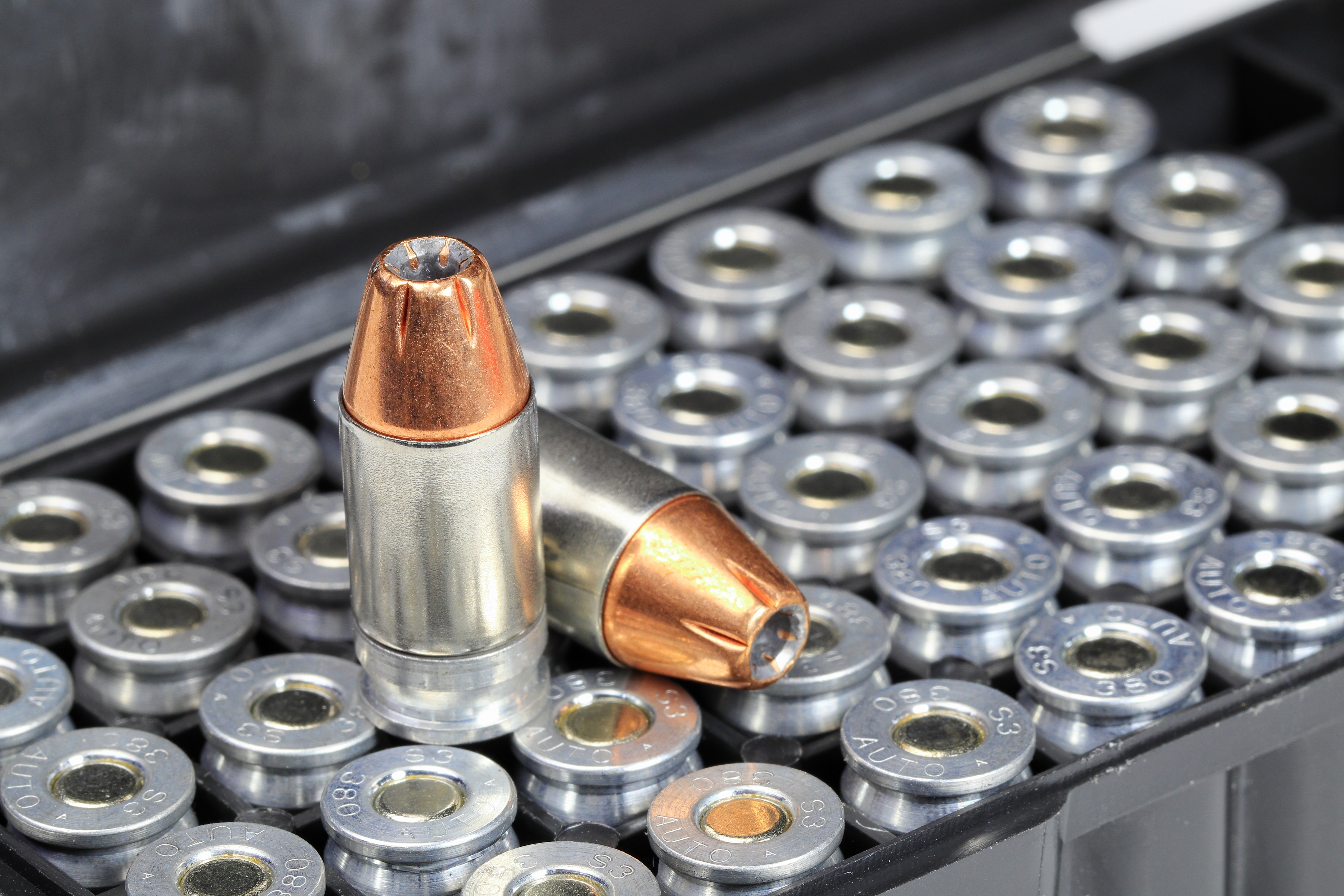
- Bullet Diameter: 0.355" (9mm Short)
- Typical Bullet Weight: 90–100 grains
- Average Muzzle Velocity: 900–1,100 fps
- Muzzle Energy: 190–250 ft-lbs
- SAAMI Maximum Pressure: ~21,500 psi
Developed by John Browning in 1908, the .380 ACP (also known as 9x17mm or 9mm Kurz) was created as a compact alternative to full-size military calibers. Its relatively light recoil and small case size made it ideal for blowback-operated pistols. Even today, many micro-compact carry guns are chambered in .380 for this very reason—it balances shootability with portability.
Comparing Ballistics: .380 ACP vs Other Defensive Rounds
While it's often labeled "underpowered," .380 ACP performs better than its reputation might suggest—especially with premium hollow point ammo. Below is a look at how it compares ballistically to several common calibers:
| Caliber | Bullet Weight | Velocity (fps) | Muzzle Energy (ft-lbs) |
|---|---|---|---|
| .380 ACP | 90–100 gr | 950–1,100 | 190–250 |
| 9mm Luger | 115–147 gr | 1,100–1,200 | 350–400 |
| .38 Special +P | 125 gr | ~1,050 | ~290 |
| .22 LR (HV) | 40 gr | ~1,200 | ~120 |
| .45 ACP | 230 gr | ~850–900 | 350–400 |
While the .380 lags behind the 9mm and .45 ACP in raw power, it outperforms .22 LR by a wide margin and gets surprisingly close to .38 Special +P in some loads. What it lacks in energy, it makes up for in manageable recoil, compact platform compatibility, and the ability to fire fast follow-up shots.
Modern Hollow Point Performance

One of the biggest changes for .380 ACP over the past decade is the advancement in bullet design. Several major manufacturers now produce purpose-built defensive ammo that reliably expands and penetrates within FBI standards:
- Hornady Critical Defense 90gr FTX: Consistent expansion, 950+ fps, optimized for short barrels.
- Federal HST Micro 99gr: Great balance of penetration and expansion in compact pistols.
- Speer Gold Dot 90gr: Proven track record with bonded bullet construction for weight retention.
- Underwood Xtreme Defender: Non-expanding solid copper projectile with impressive wound cavities.
With these loads, penetration in calibrated gel often falls between 10–13 inches, with reliable expansion even from 2.5–3" barrels—levels that were previously hard to achieve with .380.
Recoil, Accuracy, and Control
Ballistically speaking, one of the .380’s strongest traits is its low recoil. This makes it highly shootable for:
- New shooters
- Seniors
- Individuals with limited hand strength
- Anyone sensitive to recoil
The ability to stay on target and shoot rapidly without fatigue can be just as important as muzzle energy. In the context of close-quarters defense (0–10 yards), where most defensive gun uses occur, shot placement and speed often matter more than sheer foot-pounds of force.
Real-World Effectiveness
Ballistics gel tests and energy charts are useful, but how does .380 perform in actual self-defense incidents?
Studies and anecdotal data show that when paired with modern expanding ammunition, the .380 has successfully stopped threats in real-life situations—especially with multiple rounds on target. Its lower penetration also reduces the risk of overpenetration in crowded environments, which can be a benefit in home defense scenarios.
The caveat: not all .380 loads are created equal. Ballistically weak FMJs or poorly designed hollow points may underperform, so ammo selection is critical.
Final Thoughts
While it’s not the most powerful round in the self-defense toolbox, the .380 ACP remains a ballistically viable option—especially in 2025, when it benefits from decades of ammo innovation.
If you're carrying a micro pistol for deep concealment, have trouble controlling 9mm recoil, or want a lightweight backup gun, the .380 offers a legitimate balance of shootability, effectiveness, and compactness. Modern defensive loads have improved expansion and penetration, elevating it far beyond its outdated “mouse gun” reputation.
No, it won’t match 9mm or .45 ACP in terms of terminal energy. But that doesn’t mean it’s not capable. For many users, especially those prioritizing concealability, comfort, and control, the .380 ACP is still an ideal fit—when paired with the right ammo and solid training.
Frequently Asked Questions (FAQs)
Is .380 ACP good enough for self-defense in 2025?
Yes. With quality modern hollow points, the .380 can offer sufficient penetration and expansion to stop a threat at close range.
How does .380 compare to 9mm in ballistics?
9mm delivers significantly more energy and better terminal performance. However, .380 has lower recoil and is easier to manage in ultra-compact guns.
What barrel length is best for .380 ACP performance?
Barrels around 2.75–3 inches tend to provide the best balance of concealability and performance. Extremely short barrels may limit expansion.
Should I use FMJ or hollow points in .380?
For self-defense, always use high-quality hollow points (JHP or HP) designed for reliable expansion and adequate penetration. FMJ (Full Metal Jacket) rounds should be reserved strictly for training and range use, as they are not designed to expand and can over-penetrate, posing a risk to bystanders.
When training with FMJ, choose the same bullet weight (e.g., 90gr or 95gr) as your preferred defensive hollow point. This ensures similar recoil, point-of-impact, and cycling reliability between your practice and carry loads. Never rely on FMJ for personal defense.
Is .380 ammo more expensive than 9mm?
Yes, usually by 10–20%. It's also less common in bulk. However, prices have become more reasonable in recent years as demand continues.



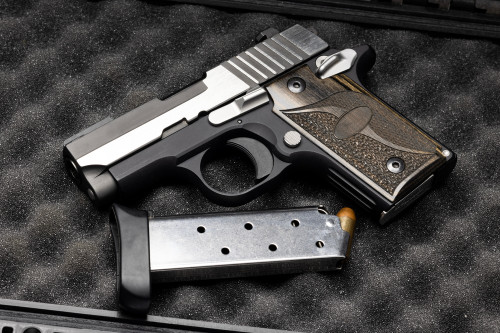
 Pro Armory Editorial Team
Pro Armory Editorial Team